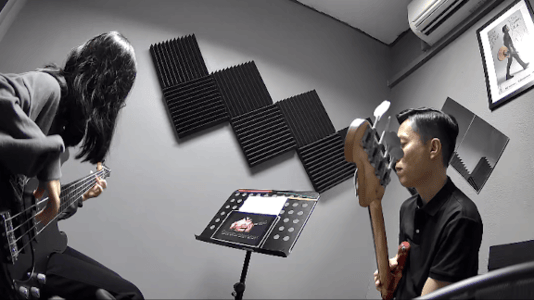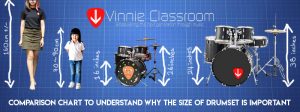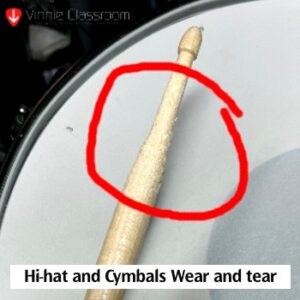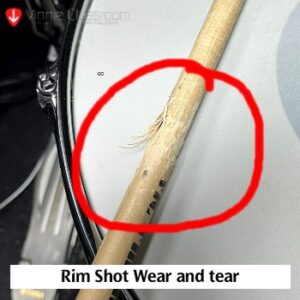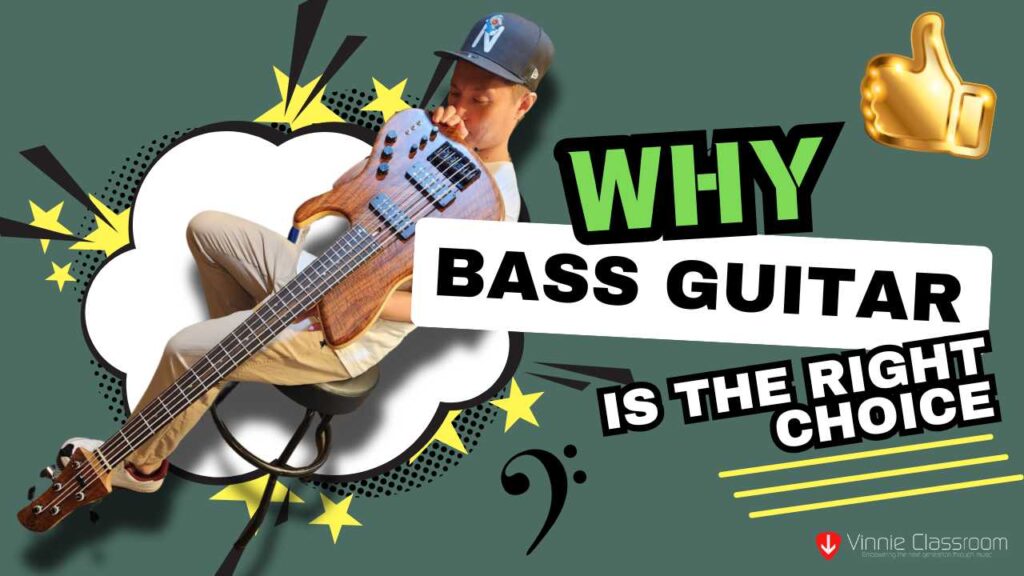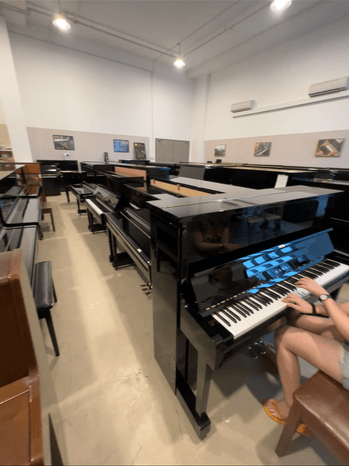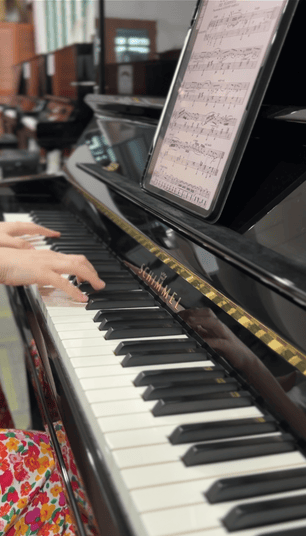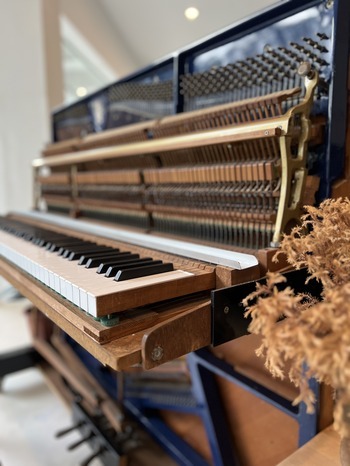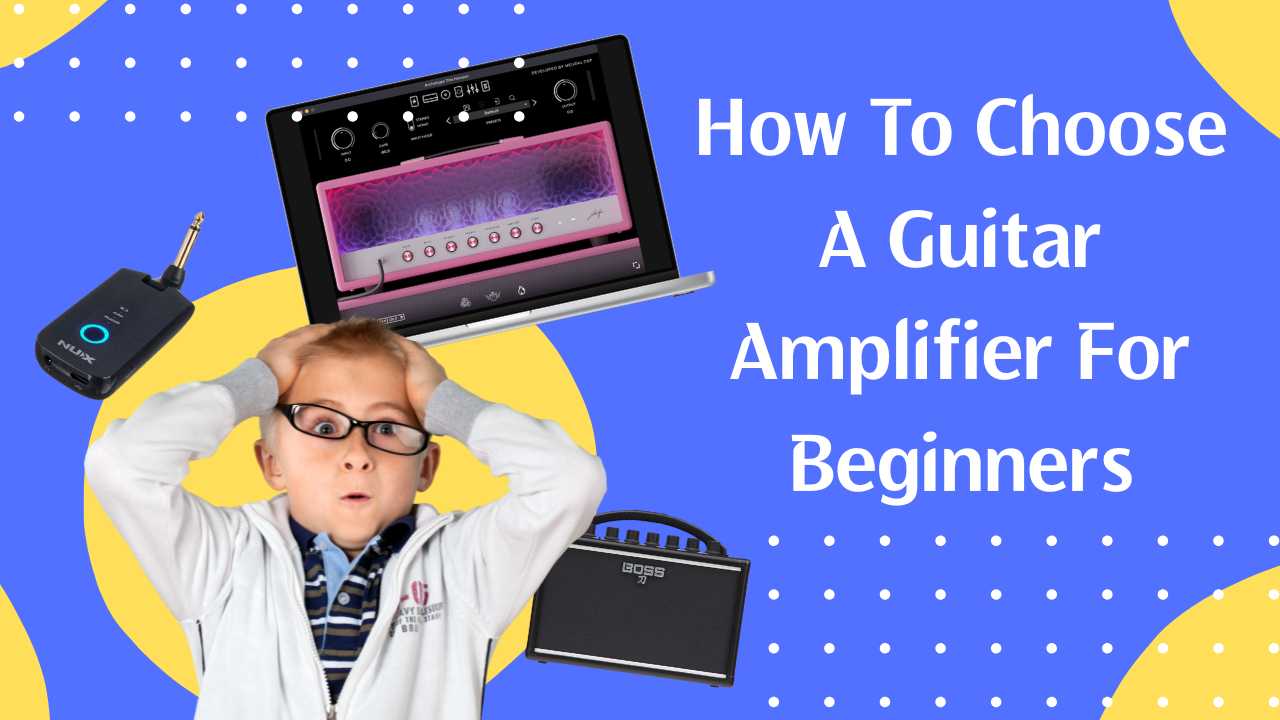5 Things to look out for when buying an electric guitar
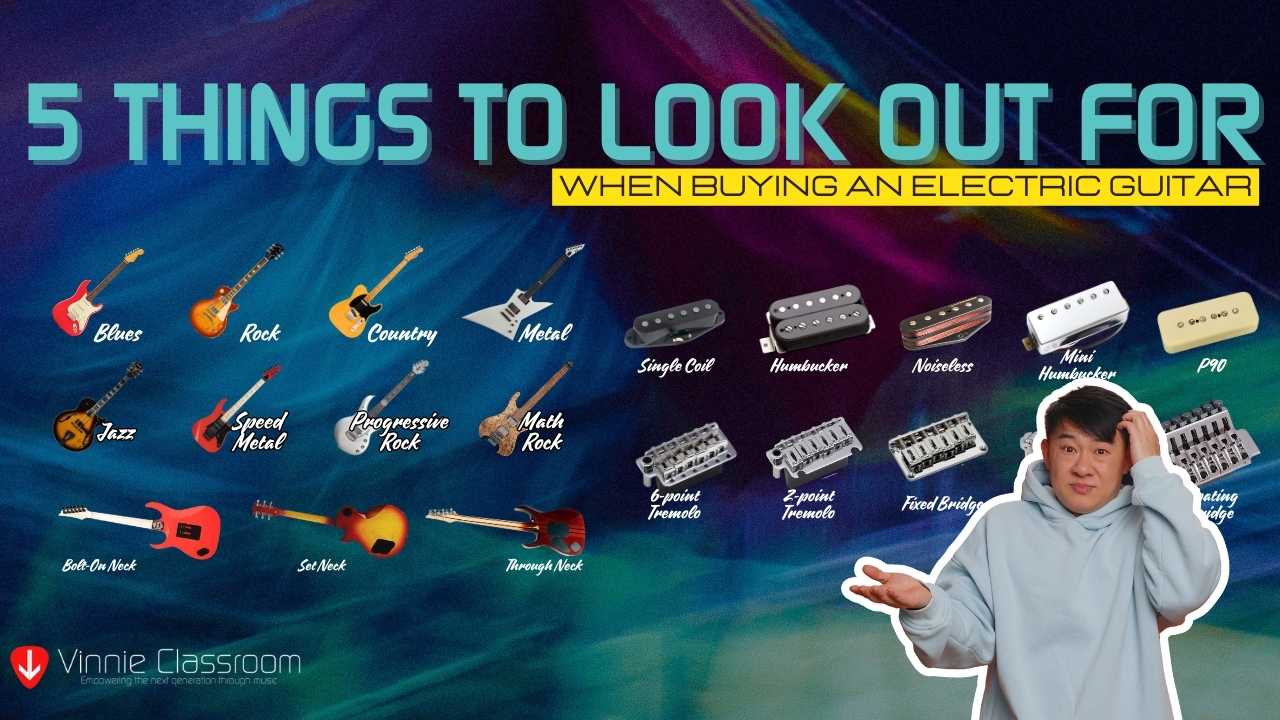
There are plenty of things to look out for when buying an electric guitar. If you are unfamiliar with the instrument but are tasked with buying one because your child is taking guitar lessons, then this article is for you. Purchasing a guitar should be an enjoyable and exciting experience! However, the huge variety of brands and models makes it challenging to know if you are choosing the right one. Well, we hope to cover all the things to look out for when buying a guitar in this article! So let’s dive in!
Taking guitar lessons can help you choose and buy your electric guitar!
Buying an electric guitar is a chicken or egg situation! You need a guitar so that you can attend guitar lessons. However, you will only learn about what guitar is suitable for you after attending guitar lessons! There are plenty of options for buying a guitar in Singapore! Taking guitar lessons is an efficient and effective approach to help you figure out your options.
We are a music school in Singapore offering guitar lessons at Upper Thomson Road. Signing up for guitar lessons with us means learning from a team with over 10 years of experience running a successful music school in Singapore. Over the years, we have refined our teaching methods to ensure they are engaging, effective, and tailored to suit students of all ages and skill levels. Our commitment to excellence goes beyond lessons—we organize annual recitals! It provides our guitar students with the opportunity to showcase their progress, build confidence, and experience the joy of performing.


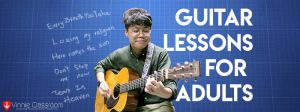

5 summarized points on Things to look out for when buying an electric guitar
- Budget
- Body Style
- Neck-to-Body Options
- Pickup Options
- Bridge Options
Budget – Cheap or Expensive Electric Guitar?
To those unaware, plenty of popular guitar brands own at least one subsidiary brand! These subsidiary brands often sell the same model but use cheaper materials, hardware, and manpower costs. This is great for beginners who want a guitar that looks just like their favorite guitarist. Below are some brands and their cheaper alternatives.
- Fender – Squier
- Gibson – Epiphone
- Ibanez – Ibanez Gio*
- Musicman – Sterling
- ESP – LTD – Edwards – Grassroots
Be sure to buy your guitar from a reputable guitar retailer to avoid counterfeit guitars. Buying 2nd hand is an option but do your research before buying. If you are still unsure, you can always check with your guitar teacher in Vinnie Classroom (or the music school you are in). Guitar teachers are first guitar fanatics before they become guitar teachers, so every single one of them will be able to assist you with this.
We recommend students go with the subsidiary brand as they are relatively cheaper than the main brand. However if budget isn’t an issue, the main brand usually offers better hardware and build quality.
*Ibanez does not have a subsidiary brand, they simply name the budget models “Gio”.
Body Style – look out for these electric guitar shapes!
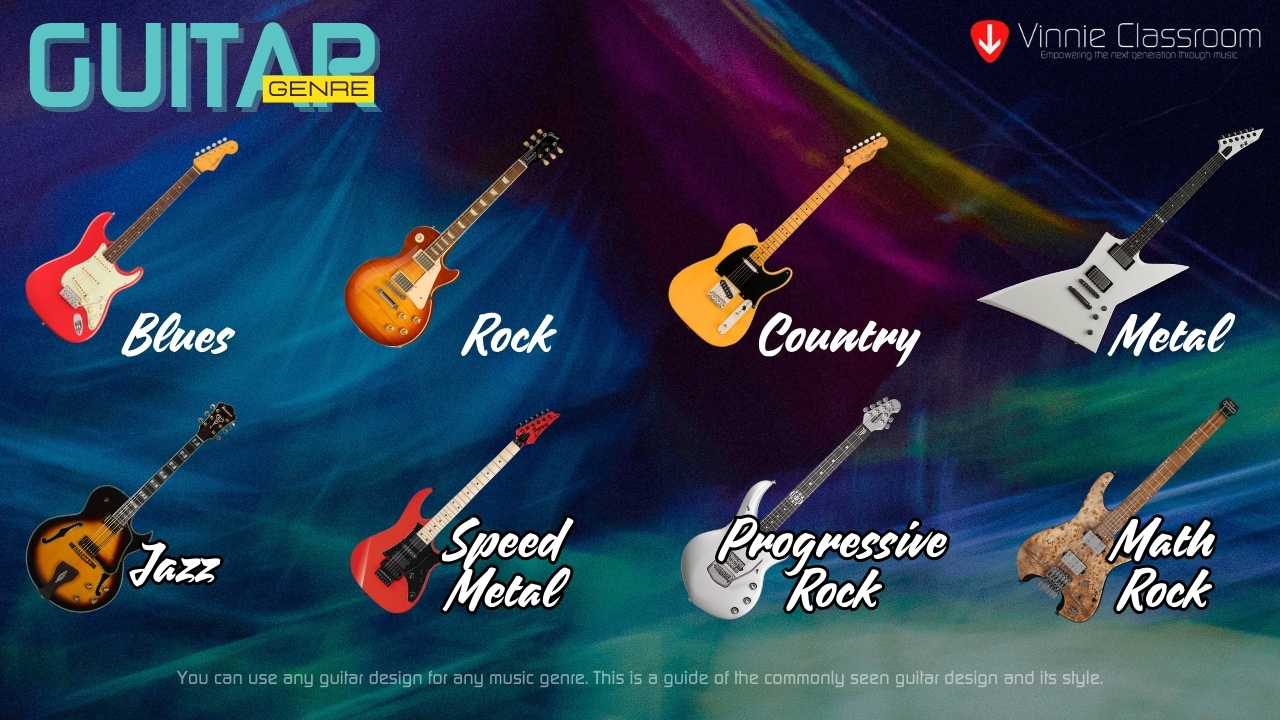
The instrument’s body shape and its genre or kind have been a constant contentious issue, significant for tradition or some might say adaptability. Despite the fact that the Stratocaster is overwhelmingly regarded with rock and blues, hollow-bodied guitars with jazz, the aspect of the matter is that the shape has little relevance to the music. In the end, it is the player, not the shape, who is the true music maker. Regardless, here is a list of the most common guitar body shapes and their commonly associated music genre.
You can use any guitar design for any music genre. This is a guide to the commonly seen guitar design and its style.
We recommend beginners to choose a design that makes them happy every time they look at it! This will help motivate them to practice more frequently!
Neck-to-Body Options

- Bolt-On Neck: These guitars bolt the guitar neck onto the guitar body. The benefit of doing so is to allow easy replacement of a new guitar neck should you drop and break yours.
- Set Neck: A set neck basically means the guitar neck is glued onto the body. The benefit of doing so allows better tone transfer through the guitar strings and body. In return, a set-neck guitar typically has a longer sustain and thicker tone.
- Through Neck: In this design, the neck and body are constructed out of a piece of continuous wood. The benefit of doing so is to allow the same tonal quality as Set Neck while making the overall design stronger and more resistant to breakage.
While Set Neck and Through Neck offer better tone and sustain, many guitar manufacturers still prefer to build their guitars using the Bolt-On Neck design. Dropping a guitar and breaking it is quite a common sight! We recommend the Bolt-on neck for ease of replacement and adjustment of the guitar neck angle when necessary.
Pickup Options

Electric guitars come in various pickup configurations, let’s look at some of the common types of electric guitar pickups.
- Single Coil: Clear and bright, typically good for clean or low gain setup. Produces 60hz cycle noise when used in higher gain or distortion settings.
- Humbucker: Double single coil connected in a way that allows hum cancellation, great for higher gain or distortion settings. However, it has a thicker clean tone that is not suitable if you want to play genres such as funk.
- Noiseless Single Coil: These are humbucker disguised as a single coil. While they do retain a brighter tone like a single coil, they are really closer to a humbucker. They can also be designed as 2 skinny single coils that fit into the space of a standard single coil. Alternatively, they can also be designed with rails instead of poles.
- Mini Humbucker: They have a smaller dimension compared to a standard single coil and typically have more mids and treble tones.
- P90: A fat single coil! The P90 was designed by Walt Fuller for Gibson after WWII. The main musical influence back then was Jazz, hence you will usually see the P90 fitted on Jazz-style guitars. However, there is no stopping you from using the P90 with any other music genre!
We recommend configurations such as SSH, HSH, or HH for beginners as they offer the most tonal flexibility. S for Single coil and H for Humbucker.
Bridge Options

- 6-point tremolo: These are the most commonly seen bridge design. They allow a relatively stable tuning while having some pitch bending. However, don’t expect to do dive bombs with this design.
- 2-point tremolo: Having 2-point instead of 6-point allows the bridge to be floatier. This gives the possibility of bigger pitch shifting and even dive bombs on some models.
- Fixed Bridge: These look just like the 6-point tremolo design but do not allow any movement. This allows stable tuning and better sustain and tone.
- Tune-o-matic: These are also fixed bridges. The saddle and tailpiece are separated, allowing better string tension control and much quicker string height adjustment.
- Floating Bridge: These come with a locking nut to help maintain the tuning stability. The design allows massive pitch bending. You can press the whammy bar all the way down and loosen your strings entirely in an instant. However, this design has a steep learning curve and is not recommended for beginners.
We recommend beginner guitar students either the 6-point, 2-point, or any fixed bridge design as they have the least tuning stability issues.
Conclusion: Things to look out for when buying an electric guitar
If you are confused and not sure what is the most suitable for you as your first electric guitar, we suggest you copy your favorite guitarist. Most guitarist goes through the process of trying out multiple styles of electric guitar design before they settle down for one that fits them well. There will be some wrong choices along the way but that is also what makes the journey interesting.
Taking guitar lessons can help you understand what electric guitar fits you best, consider taking a Trial Lesson with us! I am sure with our decade-long experience, we will be of valuable help to you. Contact us through these easy channels! 🙂


